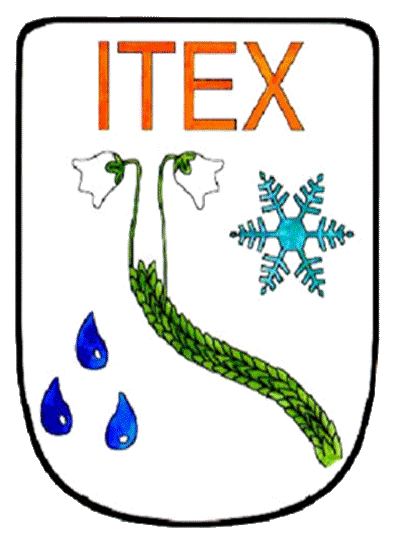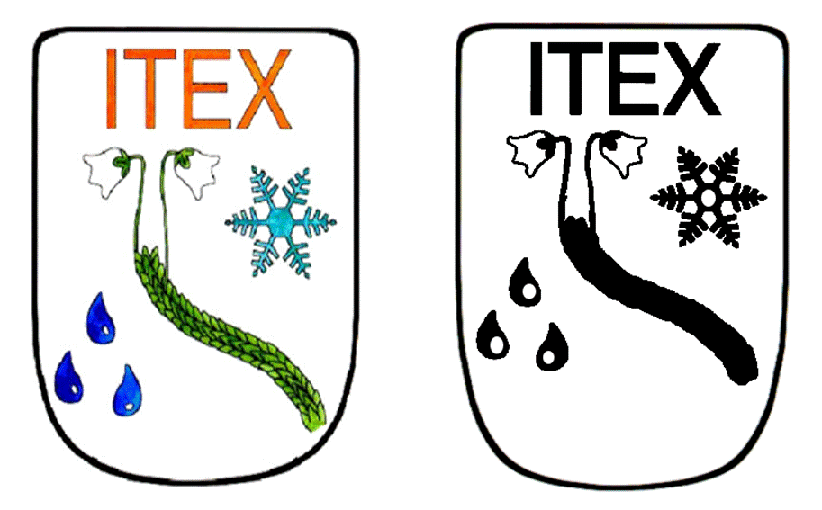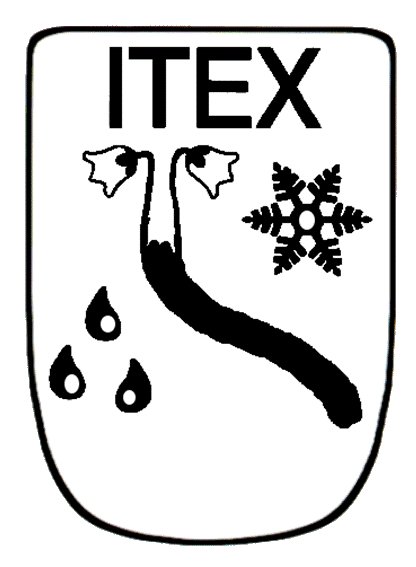About Us
Steering Committee
The ITEX Steering Committee provides overall program direction and oversees the international linkages of the network.
Current members
Robert Hollister (Co-Chair)
Kari Klanderud (Co-Chair)
Philip Wookey
Inga Svala Jónsdóttir
Steven Oberbauer
Greg Henry
Christian Rixen
Alessandro Petraglia
Robert Björk
Cassandra Elphinstone
Former members
Ulf Molau
Anne Bjorkman
The International Tundra Experiment (ITEX) is a collaborative effort involving scientists from more than 11 countries, including all the Arctic nations.
ITEX seeks to examine the response of circumpolar cold adapted plant species and tundra ecosystems to environmental change, specifically to an increase in summer temperature. Empirical knowledge based on experiments coupled with available evolutionary history, ecology, and genetics was chosen as the best way to predict species response to climate change.
The ITEX research model combines long-term and short-term experimentation with monitoring and has the elegance and simplicity called for to understand ecosystem response and vulnerability to change. The original ITEX experiments were designed to examine the effects of temperature change; maximize geographic representation by minimizing technical and equipment requirements; be long-term; focus primarily on species; and, if resources permit, allow for genetic and system level studies.
Participation may be at several levels of complexity and sophistication depending on interests and available funding support. The original ITEX sites formed a coordinated distributed experiment by operating some form of warming experiment. Most sites use open-top chambers to warm the tundra. These passive chambers affect plant growth and phenological development in a variety of ways. However, in recent years the network has conducted several syntheses focused on the long-term sampling of the control plots to monitor and document vegetation change. Thus, it is possible to become an ITEX site without necessarily including a warming experiment. The critical factor is that the site measures vegetation using standardized protocols so that results can be quantitatively compared across sites.
The four "M's" of ITEX are Manipulation, Monitoring, Modeling, and Mapping. In the beginning the focus was primarily on the response of individual plant species; recently there has been greater interest in ecosystem function and feedback. At its core, ITEX has had a central organizing theme of documenting tundra ecosystem change and attribution of tundra ecosystem change.
Each ITEX study site is expected to collect similar data following established protocols provided in the ITEX Manual. Collectively the ITEX network is able to pool its data sets (See Synthesis & Data) to examine vegetation response at varying levels, for example, genetics (from ecotype to functional type), across space (from habitats to ecosystems) and over time.
Membership in the network is completely voluntary. There is no funding for ITEX directly. All activities of the network are supported by the member's home institutions and funding structures.
Questions
If you have questions about ITEX, ask a member of ITEX especially a member of the ITEX Steering Committee (listed above).
The ITEX Co-chairs are happy to write a letter of support for people doing (or proposing) ITEX research.

Co-chairs Bob and Kari
Informational Videos
The following are a few videos that provides an idea of what ITEX researchers do.
ITEX in Canada
ITEX in the USA
Measuring plants for ITEX
ITEX Logo
If you are doing ITEX research, we encourage you to include the most current ITEX logo available for download below.



